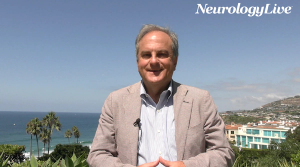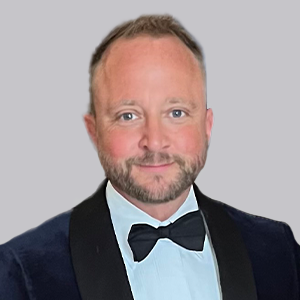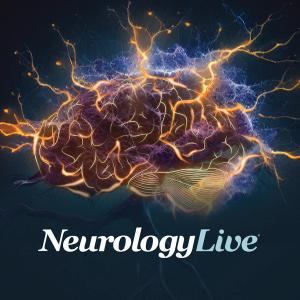|Videos|January 8, 2021
Advances in the Management of Dravet Syndrome
Author(s)M. Scott Perry, MD
Scott Perry, MD, reviews the latest advances in the management of Dravet syndrome.
Advertisement
Newsletter
Keep your finger on the pulse of neurology—subscribe to NeurologyLive for expert interviews, new data, and breakthrough treatment updates.
Advertisement
Related Articles
Latest CME
Advertisement
Advertisement
Trending on NeurologyLive - Clinical Neurology News and Neurology Expert Insights
1
International Committee Publishes 2024 Revisions to McDonald Diagnostic Criteria for Multiple Sclerosis
2
New Study Finds Link Between Gut Hormone GLP-1 and NMOSD Symptoms, Paving Way for Targeted Treatments
3
RELIEV-CM Pilot Study Data Further Supports ShiraTronics’ Neuromodulation Device to Treat Chronic Migraine
4
Daridorexant Provides Relief for Insomnia in Women During Menopausal Transition
5














































